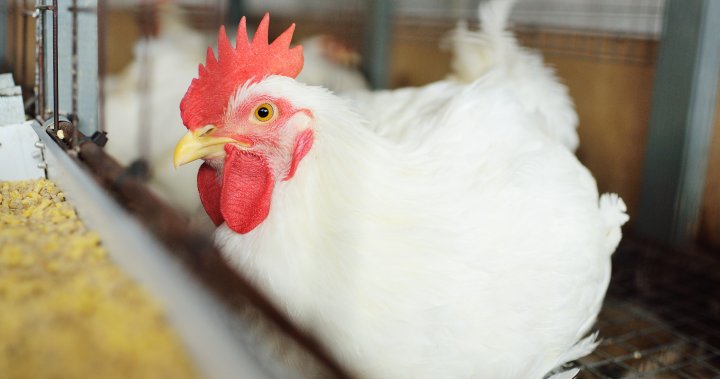
Bird flu risks: What to know as the ‘versatile’ virus continues to spread
Global News
As the avian flu, also known as bird flu, continues to spread across the globe, concerns persist regarding its potential risks to human health.
As the deadly H5N1 bird flu continues its global spread, wiping out colonies of sea lions, decimating bird populations by the millions and even reaching Antarctica for the first time, concerns persist regarding its potential risks to human health.
The latest development emerged after the U.S. Centers for Disease Control and Prevention (CDC) on Monday reported a human case of avian influenza in a person who had contact with dairy cows in Texas presumed to be infected with the virus.
“So this highly pathogenic avian influenza has been circulating around the world at a very high rate for a number of years now,” explained Matthew Miller, the director of the Degroote Institute for Infectious Disease Research at McMaster University.
However, the fact that it has never before spread to dairy cattle raises significant concerns, he said.
“The thing that makes this concerning as it pertains to risk to humans is that we know humans are at most risk of viruses jumping into them when they’re in close proximity to animals that are infected. And indeed, this case in Texas appears to have derived from a worker on a cattle ranch who is in proximity to an infected cow,” he told Global News.
“It is a relatively new development that changes the risk evaluation.”
Although human cases remain rare, health experts caution there is a heightened risk of the bird flu evolving to infect humans more readily.
Avian flu, also known as the bird flu, is a disease caused by influenza viruses that spread among wild aquatic birds and can infect domestic poultry and other animal species. The viruses are distinct from the ones that cause the flu in humans, but they are related.
